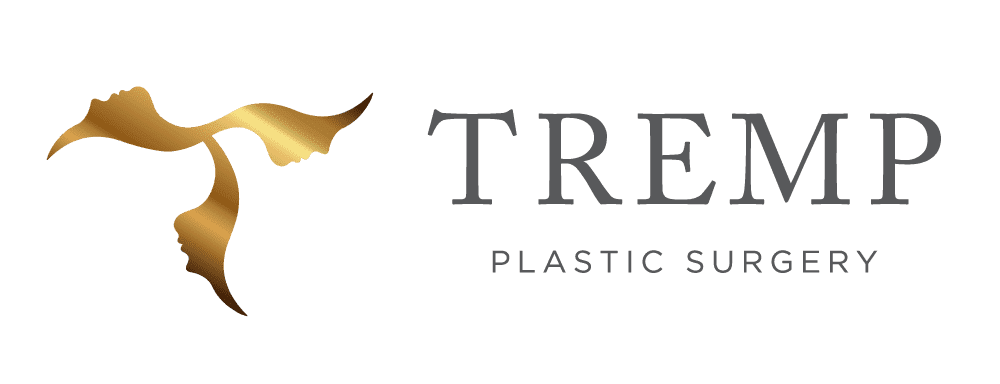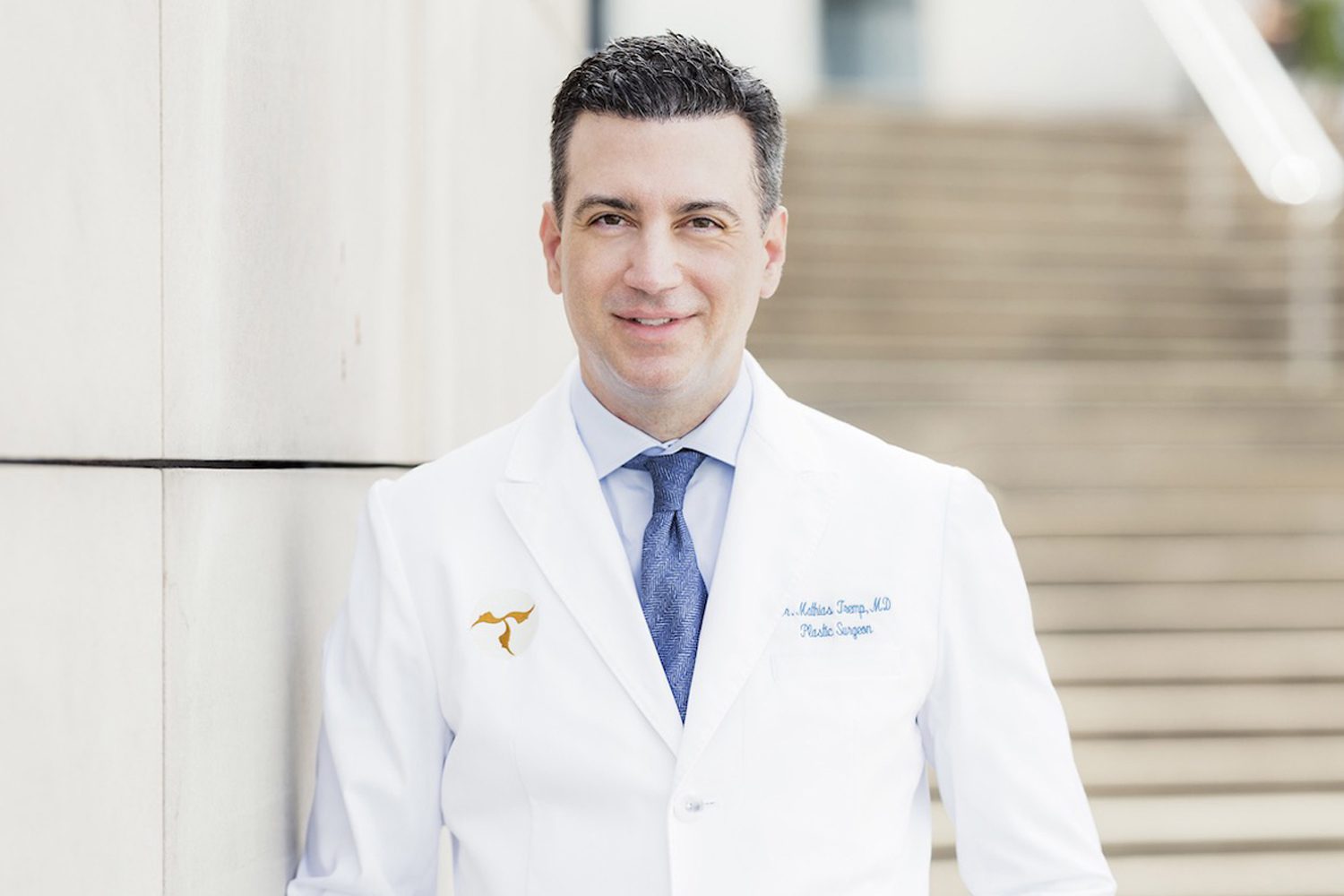- About
- Face & Skin
- Cellulite treatment
- Excessive sweating in women and men
- Facial and skin treatments
- Facial Surgery
- Hydrafacial treatment
- IV drips (vitamin infusions)
- Laser treatment
- Lip Lift
- Mesotherapy (skin structure )
- Special Offers by TREMP PLASTIC SURGERY
- Treatments with Skin Ceuticals
- Wrinkle and facial treatments with botulinum
- Wrinkle and facial treatments with filler
- Face
- Breast
- Body
- Offers
- Blog
- Contact
- EN
- DE
Asymmetrical breast shapes and uneven sizes
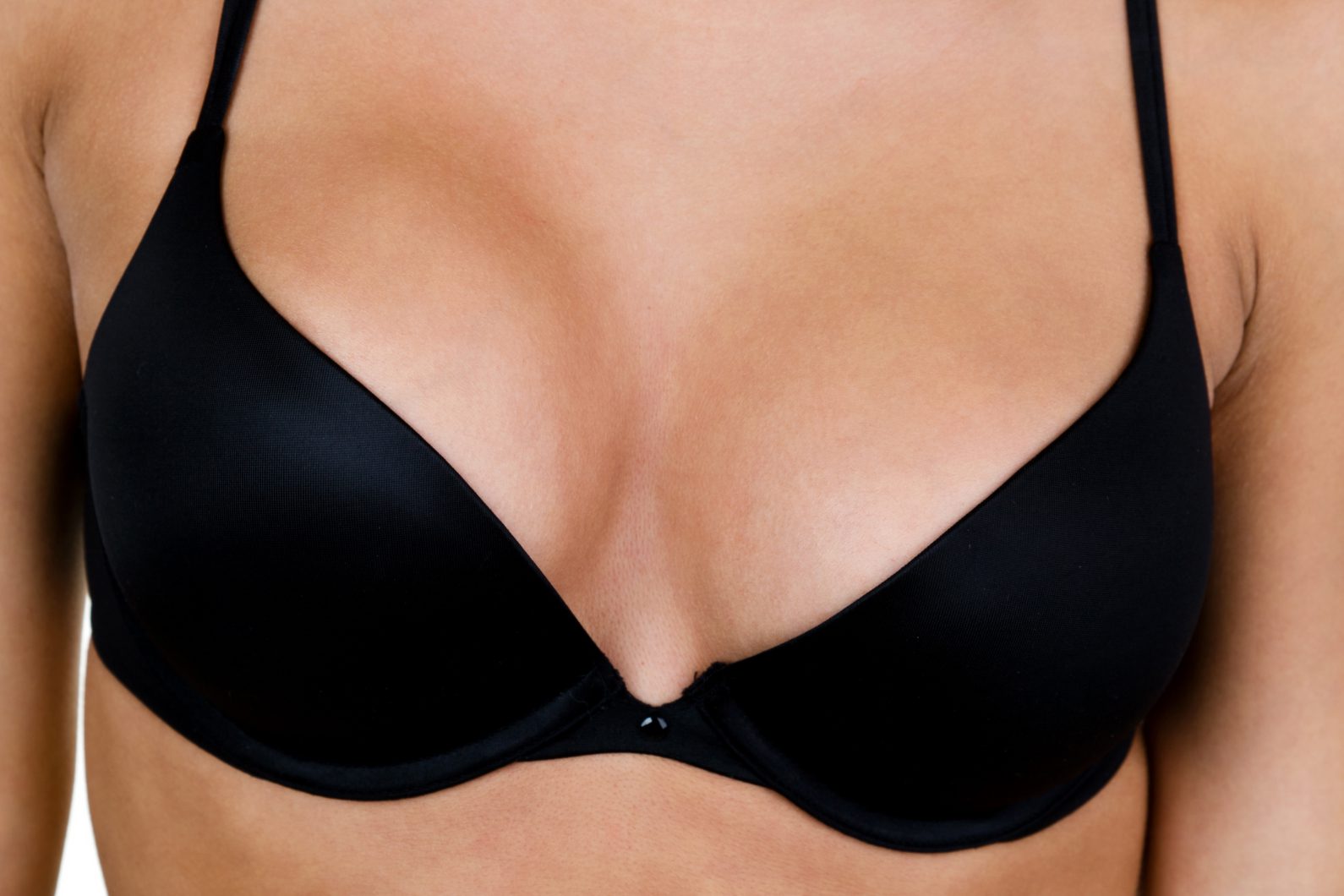
More than half of all women have different sized breasts and unequal breast shapes
Most women have asymmetrical breasts, which is normal from a medical point of view. Unequal sizes and shapes of the breasts as well as different sizes and positions of the nipples are common.
Highly pronounced asymmetrical breasts can be a psychological burden for women. In such cases, breast augmentation can be a solution. A simple breast augmentation can rarely reduce asymmetries, which is why various measures are required for optimal symmetrization.
Congenital malformations of the breast as well as malformations of the nipple that occur in the course of life can be corrected surgically and are a burden for affected patients.
Our comprehensive treatment concept combines innovative technologies with proven methods to effectively rejuvenate and care for your skin.
Make someone special happy and give them a gift certificate for a consultation with PD Dr. Tremp.
Do you have any questions?
Arrange a consultation with PD Dr. Mathias Tremp

PD Dr. med. Mathias Tremp in a consultation
Before any procedure, it is crucial that you as a patient are fully informed. PD Dr. Tremp is ready to answer your questions and inform you about the benefits and risks of the operation.
Find out whether your desired operation is possible. Arrange your personal consultation appointment now.
Breast correction for uneven breast shape and for breast malformations
Many women have two different breasts. It is normal for one breast to be too small or too large in relation to the other. Different sizes and shapes or even the nipples can be an issue.
There are congenital or genetic malformations of the breast. Around 5% of women are affected by tubular breasts. A prerequisite for corrective surgery in younger women is that breast growth is complete.
For severe asymmetry of the breast volume
If there is a significant difference in breast volume, different implants can be used for each breast in order to achieve symmetry.
The shape and size of the treated breast is adapted to the preferred breast. Depending on the situation and the patient’s wishes, this can be achieved through breast augmentation or breast reduction.
With a sagging chest
If the asymmetric breast is sagging at the same time, combined surgery is an option. In this case, the adjustment can be made by lifting the breast in combination with the enlargement or reduction.
The tightening can be done with an internal tightening for a discreetly sagging breast. If the breast is clearly sagging, the tightening must be done externally.
Own fat for the correction of uneven breast shapes
An alternative to breast implants is lipofilling, in which transplanted fat is used. This method is suitable for correcting asymmetrically shaped breasts.
Fat is suctioned from various parts of the body and injected into the asymmetrical areas of the treated breast. This is done using special cannulas.
Tubular breast deformity (trunk or tube breast)
Tubular breast is a growth disorder of the connective tissue in which certain regions of the breast develop differently. The lower part of the breast is less developed than the upper part, making the breast appear small and misshapen. It is also known as a trunk breast, tubular breast or snoopy breast.
In tubular breasts, the areolas can sometimes be excessively large. Full breastfeeding is often not possible due to the underdeveloped mammary gland tissue. A genetic predisposition could be the cause.
Correction of the tube breast
A tubular breast is caused by different development of breast regions and leads to a small, misshapen “tubular breast”. Around 5% of women are affected by this congenital form.
Various techniques are used for correction, including autologous fat grafting, implants and mammary gland deflation. An implant is used to compensate for the underdeveloped glandular body.
Correction of the retracted nipple (inverted nipple)
Some women have temporarily or permanently retracted nipples, also known as inverted nipples. This is often caused by too short mammary gland ducts or scarring.
Inverted nipples can lead to inflammation, pain and aesthetic problems in affected women. Fortunately, they can be treated with a minor procedure.
Reduction and enlargement of the nipples
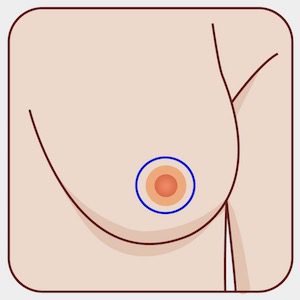
Some women have suffered from oversized breasts and an oversized nipple since giving birth. Correction of the nipples becomes relevant for some women after breastfeeding at the latest. It is possible to reduce or enlarge the nipple or areola surgically. The scars that remain are barely visible.
Surgery, ability to work, risks and aftercare
Depending on the procedure, either local or general anesthesia is used. After the procedure, the patient must wear a tight-fitting bra for 8 weeks and refrain from sporting activities so as not to strain the new breast shape.
Depending on the extent of the operation, you can return to normal work after 7 to 14 days. Showering is permitted after 48 hours and physical activities are possible again after 4 weeks.
Possible risks include infection, secondary bleeding, capsular contraction and unsightly scarring. Temporary numbness may occur, but the sensation usually normalizes after a few months. Depending on the extent of the breast surgery, minor surgical corrections may be necessary later on.
Costs for the correction of asymmetric breast shapes and breast malformations
The costs of breast surgery include the preliminary consultation, surgery, anesthesia, medication, stays and follow-up checks. The costs vary depending on the duration and severity of the operation and are discussed in advance.
In the case of pronounced breast malformations, the health insurance company may be able to cover part of the costs. The conditions for the assumption of costs must be checked.
 After
After 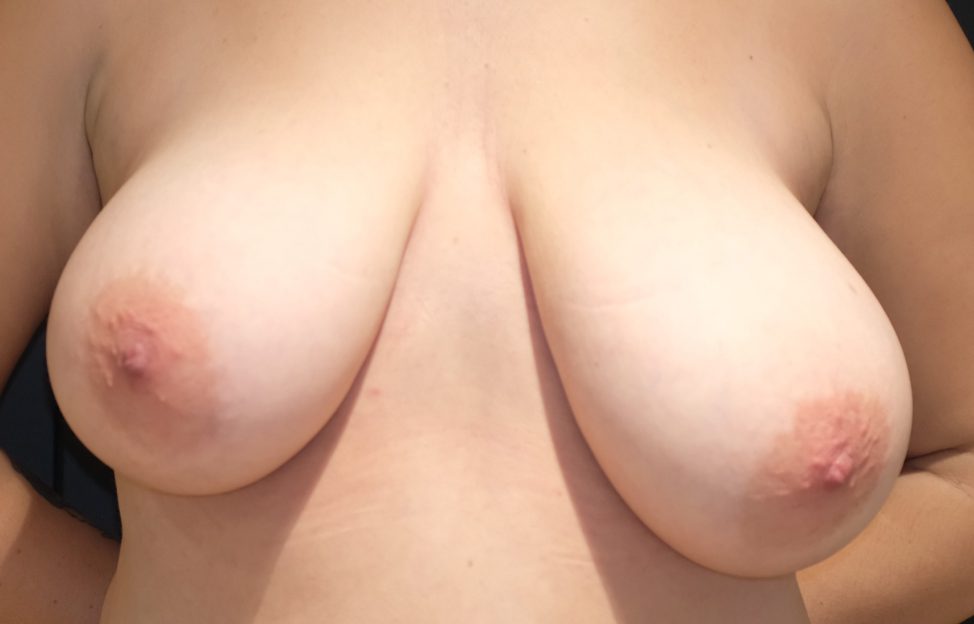 Before
Before Drag
